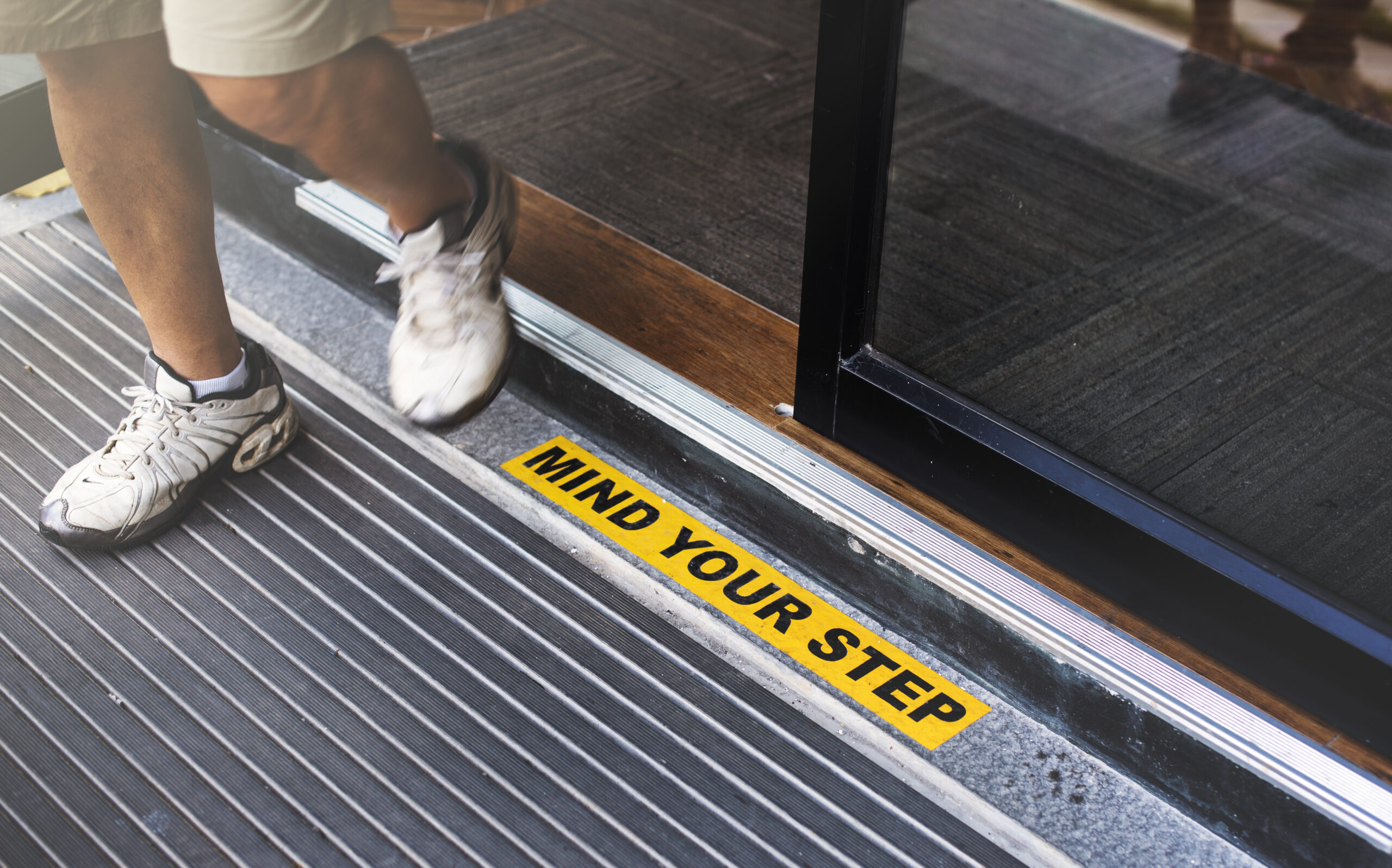In the UK, the retail sector is a major source of flexible and local employment, providing an extensive variety of full and part time roles for approximately 3 million people. While employers in every industry are required to protect the health, safety and welfare of their employees and contractors under government legislation and regulations, the retail industry, and indeed each individual retail outlet, has its own specific risks that need to be evaluated and managed.
The Health & Safety at Work Act 1974 is the primary statute covering occupational health & safety in the UK. The act outlines the responsibilities of an employer in doing everything ‘so far as is reasonably practicable’ to protect employees,contractors and members of the public on their premises. Although it is impossible to foresee and prevent accidents beyond your control, most risks can be eliminated through ongoing assessment of a workplace environment, with practical steps taken to manage and eliminate dangerous behaviours and conditions.
In 2016/2017 the combined wholesale, retail, MVR and food trade sectors incurred 12 fatal injuries, representing 7% of total fatal workplace injuries reported across the UK. In comparison to many other industries, serious workplace health and safety risks within retail are considered low. Yet nothing can downplay the tragedy of every workplace fatality, further intensified if the causes could have been prevented.
Despite retail remaining a generally safe industry to work in, non-fatal injuries and accidents in retail stores are still regularly recorded, most commonly as a result of slips, trips and falls. As stores are frequented by employees, contractors, suppliers, customers and the general public, workplace accidents can have severe or expensive consequences for retailers. The higher the number of outlets owned by a retailer, the greater the risk and responsibility involved in health and safety management.
The Cost Of Workplace Injury
In 2017 a total of 31.2 million working days were lost because of work-related illnesses and workplace injury in the UK. In addition to the inconvenience and financial cost of lost productivity, workplace injury can cause a variety of complications, including:
- Low morale amongst employees
- Time consuming and costly HR management
- Insurance claims
- Higher insurance costs
- Investigation
- Penalties or prosecution for non-compliance
In today’s compensation culture, the popular saying ‘where there’s a blame, there’s a claim’ has significant implications. If an employee or a customer is involved in an accident in a supermarket, shop or store that wasn’t their fault they could make a claim for compensation under The Workplace (Health, Safety and Welfare) Regulations 1992. No win no fee solicitors will tenaciously pursue the maximum accident compensation they can achieve for their clients.
The most common types of insurance claim against retailers are for injuries caused by slipping on wet floors, manual handling accidents, falling objects and accidents involving moving vehicles in store car parks. The widespread use of camera phones now makes it easy for the cause or circumstances of an accident to be recorded at the scene and used as evidence.
Health & Safety Protects Everyone
Health and safety legislation exists to protect everyone. Taking responsible steps to minimise workplace risks leads to safer, happier and more productive employees and contractors and an improved working environment. Health and safety management for retailers needn’t be complicated or expensive to implement. The correct information, advice, preparation and processes are all that’s needed to understand and comply with your legal obligations as a retail employer.
Employer Obligations
The Health & Safety at Work Act 1974 outlines the duties every employer must perform to meet government guidelines and Approved Codes of Practice regarding employee health, safety and welfare. Under the Act all employers must comply with the following requirements:
- Provide a safe place of work
- Provide safe equipment and machinery
- Provide adequate workplace facilities for staff welfare
- Promote competent people to help you with your health and safety duties
- Perform risk assessments (this should be an ongoing process)
- Create a health and safety policy for your business if you employ five or more staff members
- Take reasonable action to manage risks (insufficient funding is not an acceptable reason not to eliminate known risks)
- Consult your staff, discussing health and safety relating to the work they do and how their behaviour can control risks
- Provide clear instructions, information, supervision and adequate training for all employees
- Establish first aid procedures, appoint a first-aider and maintain a first aid box
- Display the health and safety law poster
- Get employer’s liability insurance from an FCA authorised insurer
Prevention Is Better Than Cure
In the case of health and safety it always pays to minimise risk by following sensible precautions. As retailing is not considered a high risk work environment and HSE inspections are infrequent, some retailers perform a risk assessment and fire risk assessment and argue that the risks are low enough not to warrant further consideration. However, should an injury arise as a result of a known or preventable dangerous condition, the retailer could be liable under claims of store negligence. The risks are simply not worth taking.


